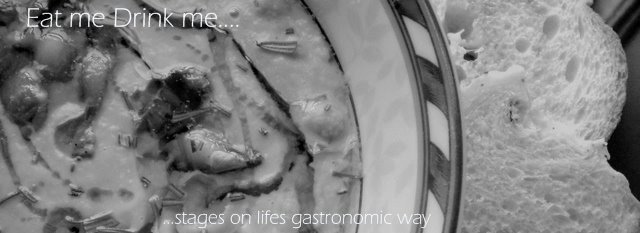Polpette - meatballs. Such a staple of American Italian food, and one which, for a variety of reasons, I am almost entirely unaccustomed to cooking.
At it's best, a succulent dish, with a deep and subtle umami tinted tomato sauce, sweetly boisterous, sloppy, back slapping....It's the kind of food that welcomes you into the heart of things. A big, motherly, tomatoey hug of a thing. It's what memory tastes like....
They remind me of my mothers kitchen, and the particular....sense she cooked with. That good and gentle care that speaks through food of love. The rituals of completion, the careful checking, the little nods and turns that are the unspoken language with which we season our food for the most important people in such particular ways. Rich with childhood memory, the very thought of the taste of them makes me feel good, secure and cared for.
The recipe is basic, endlessly adaptable, and provokes ridicule, laughter, or resentment in the regions of Italy associated with it. Made with veal, or venison, wild boar. Porked up happily with some ground up pig, or occasionally, minced pheasant, Giorgio Locatelli's tuna version.......Rosemary, chillies, thyme. Parsley......
The basic and honourable Irish meatball.....minced beef.

Possible, and delicious additions here - diced chillies, which sweeten beautifully during the cooking. Thyme. Duxelles. Mushroom ketchup or Worcestershire, to bump up the umami.....

Mix everything together, fry off a little of the mix, and taste the seasoning - adjust as you want to - and form into small meatballs. Try not to tamp them together too hard.
Leave them in the fridge for thirty minutes or so. This, apparently, helps them set and bind - I'll check McGee for the details and post a ps - we got about 18 small meatballs from this
Meanwhile, put on your tomato sauce. Here's the one I used. But tomato sauces are as unique as fingerprints, as unique as the particular odour of mothers kitchens, each one distinct and separate. Some kitchens cinammoned, some perfumed with the rank sulphur of cabbage, some with umami warmth and generosity. This sauce works fine.
The sugar and vinegar combination is to give a slight, slight agrodolce edge to the sauce - sweet and sourness. To boost it, add more of each. Or replace the vinegar with white wine.
The sauce takes on the delicious depth of the meat, allied to a tomatoey sweetness, that just bearhugs you happily. We served it with homemade tagliatelle (pasta recipe here, video here), giving acres of roughly edged pasta real estate for the sauce to gloopily cling to.
Meatballs, with tomato sauce. Glorious.

Oftentimes the addition of onions to meatballs can lead them to brown, carbonise and become bitter. I'm still divided on their inclusion. Because when they do turn bitter, the dish is compromised. Here, the fine dicing seemed to work well. As did very quick frying.
Tomato sauces. The addition of bacon and balsamic vinegar would make a fine Amatriciana style sauce, with enough guts and gusto to really enrich the dish - just add the bacon (or guanciale) at the same time as the onion, finely diced, and then the balsamic with no sugar. Adjust for the salt in the bacon though.....













